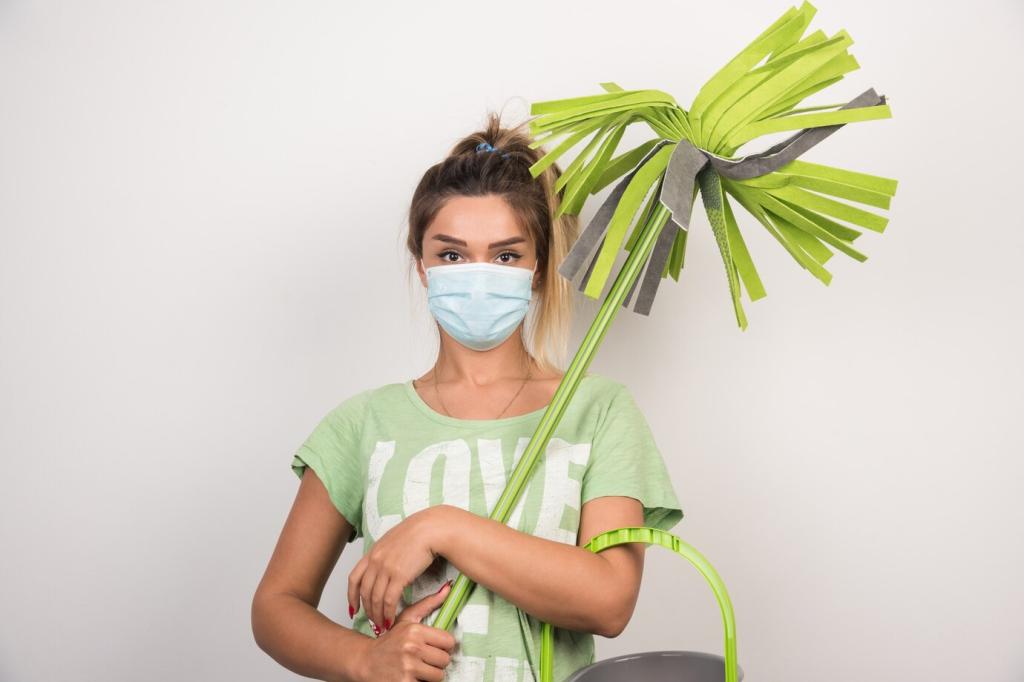
Sustainable Dusting Techniques for Wooden Furniture
Chosen theme: Sustainable Dusting Techniques for Wooden Furniture. Welcome to a gentler way to care for wood—where every pass of the cloth protects character, preserves finish, and respects the planet. Settle in, learn the craft, and join our community of mindful, wood-loving caretakers.
Understanding Wood and Dust: The Gentle Science
Open-grain species like oak tend to trap dust in valleys, while closed-grain woods like maple shed it more easily. Understanding that difference helps you choose softer tools, lighter pressure, and grain-aligned motions that remove particles without grinding them into the surface.
Understanding Wood and Dust: The Gentle Science
Oil and wax finishes appreciate dry or barely damp dusting and quick buffing, while lacquer and polyurethane tolerate slightly more moisture. Always mist the cloth, never the wood, and test in a hidden spot. Sustainable means patient, finish-aware decisions that prevent rework and waste.


The Low‑Waste Dusting Toolkit
Choose tightly woven, high‑quality microfiber cloths that can be washed hundreds of times. Fold into eighths to keep presenting a clean side, and avoid fabric softeners that reduce static‑grabbing power. Want our care checklist sent monthly? Subscribe and keep your sustainable routine on track.
Moisture, Mists, and Minimalism
For sealed finishes, lightly mist the cloth with distilled water plus one drop of unscented, plant‑based soap per 500 ml. Never spray directly on wood. Avoid vinegar or citrus on finished surfaces. Always patch‑test, then buff dry. Share your results and we’ll refine the recipe together.

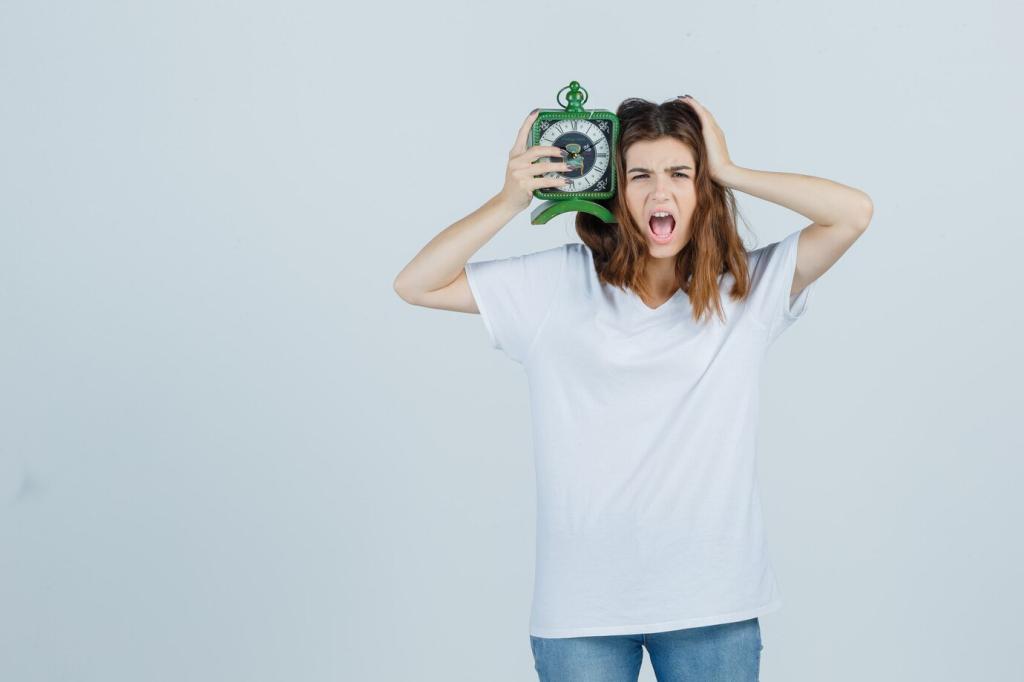
Moisture, Mists, and Minimalism
Keep indoor humidity around 40–50% to curb static and dust float while protecting wood from cracking. A small hygrometer guides adjustments with plants, bowls of water near radiators, or an efficient humidifier. What’s your regional sweet spot? Add a comment to crowdsource climate‑savvy practices.
Technique Matters: Scratch‑Free, Grain‑Smart Motions
Featherlight pressure and clean folds
Use the weight of your hand only. Fold the cloth so each pass uses a fresh, dust‑free surface, and lift particles away rather than pushing them. This small habit prevents swirl marks and preserves clarity. Have a technique that surprised you? Share it so we can test and celebrate it.
From highest to lowest, detail to broad
Start with higher shelves and intricate carvings so loosened dust doesn’t settle on cleaned panels. A soft artist’s brush coaxes debris from joints, then your cloth collects it. Finish with feet and undersides. Post a photo of your trickiest carving; we’ll recommend tool pairings by wood species.
Right cadence: weekly touch, seasonal reset
A gentle weekly dust, plus a seasonal deep pass for undersides, backs, and drawer interiors, keeps buildup low. Rotate pieces to balance sunlight exposure and heat sources. Want our printable schedule? Subscribe, and we’ll send reminders aligned to your climate and household rhythm.

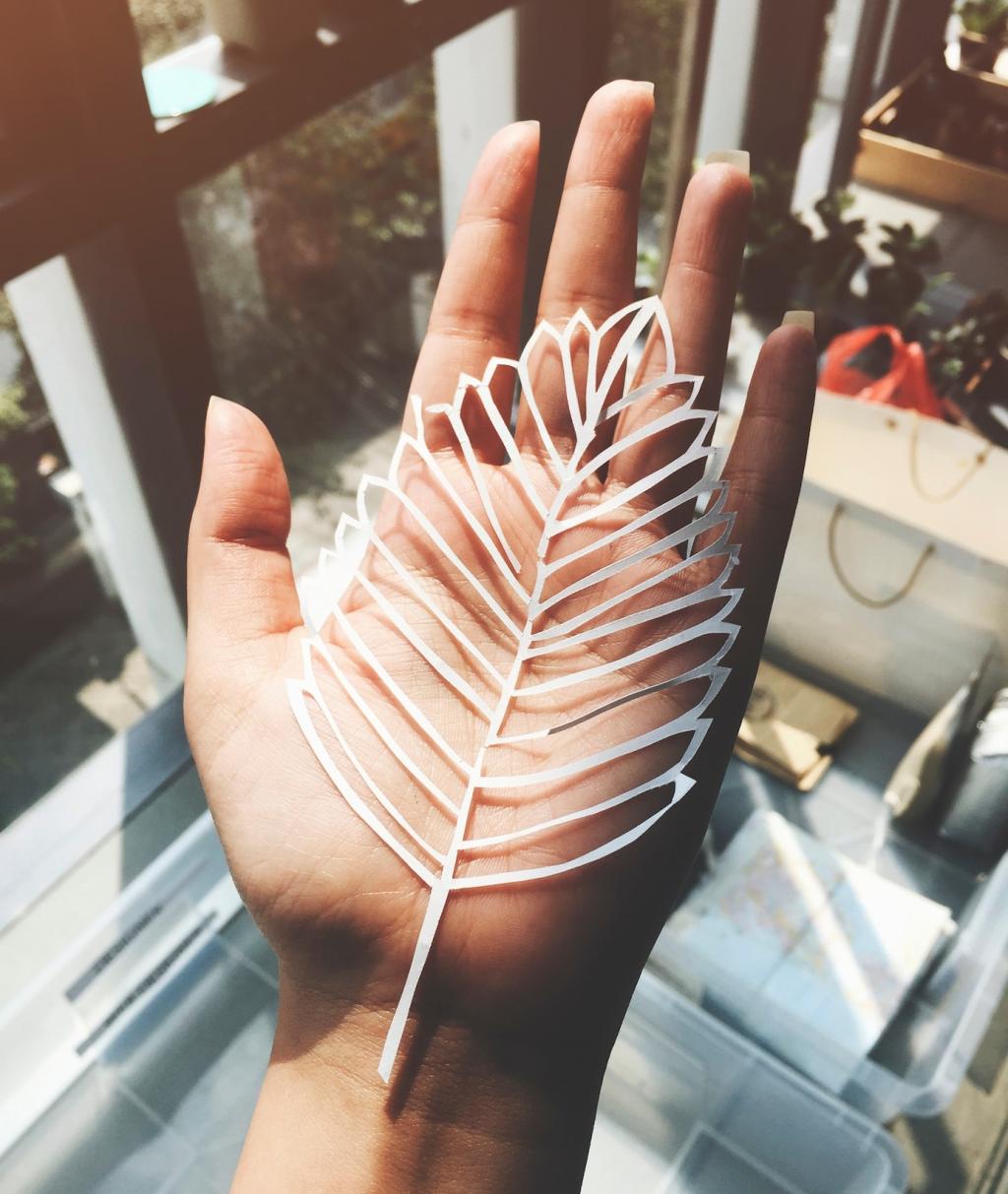
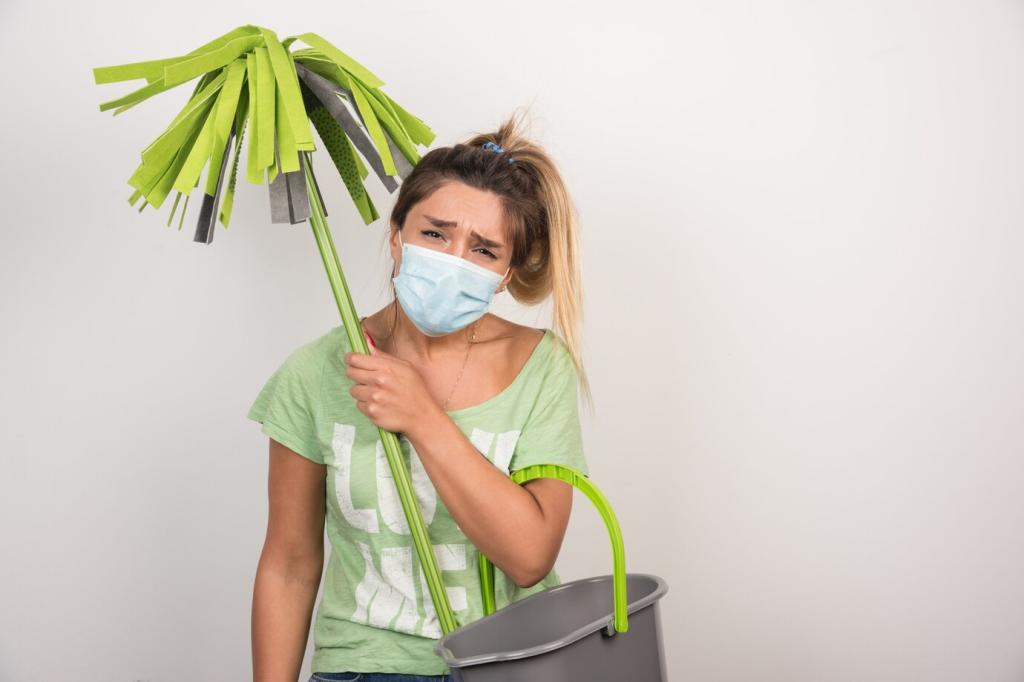
Stories from the Workshop

A mid‑century walnut credenza arrived dull, coated in old silicone spray. We patiently removed residue, then instituted dry‑first, mist‑cloth‑only dusting. The grain awakened without heavy chemicals. Have a rescue story? Send it in—your patience might inspire someone to choose sustainability over shortcuts.

Minimal mist recipe, responsibly used
Combine 500 ml distilled water with one drop fragrance‑free, plant‑based soap in a refillable bottle. Mist the cloth, never the wood, and keep moisture minimal. Avoid vinegar and citrus on finished wood. Patch‑test first. Share your tweaks, and we’ll note community‑proven variations by finish type.
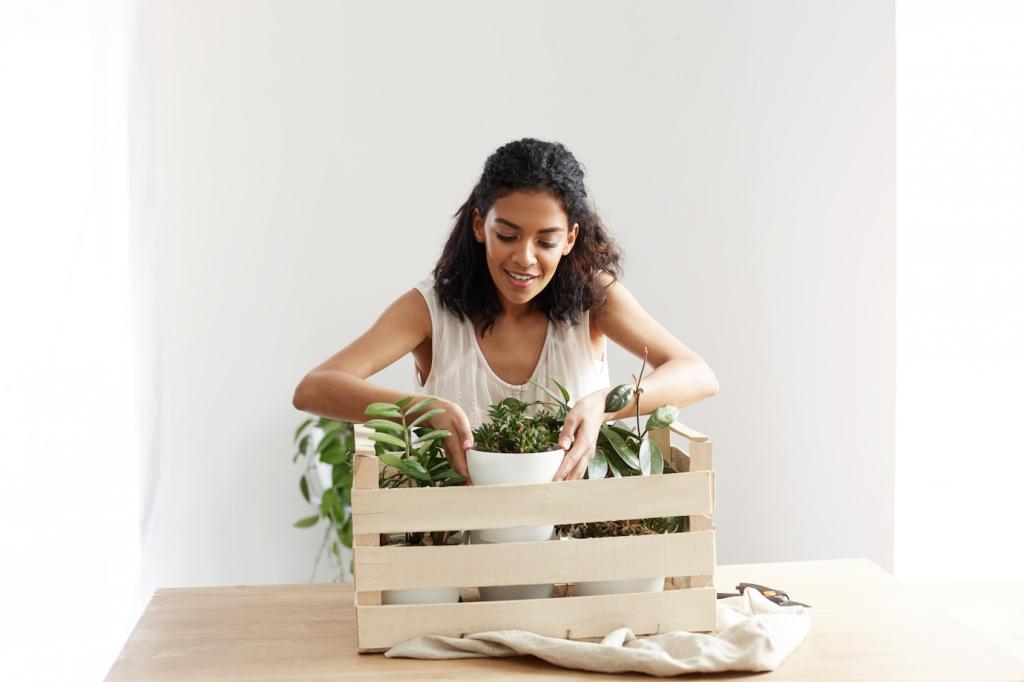
Cloth care that extends life
Wash microfiber separately in cool water with gentle detergent, skip fabric softener, and line dry to preserve electrostatic grab. Retire frayed cloths to non‑finish tasks. Want our laundering checklist and printable tags? Subscribe and keep your low‑waste kit working like new.
Join our mailing list
